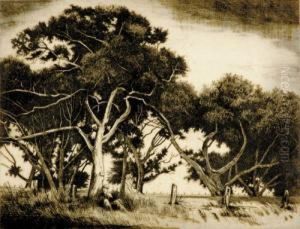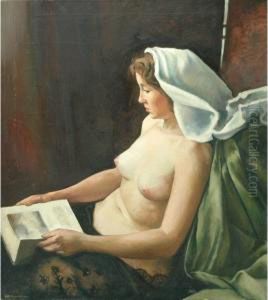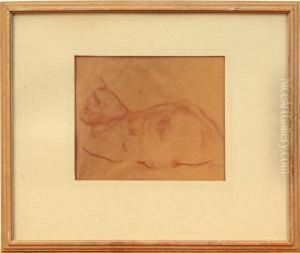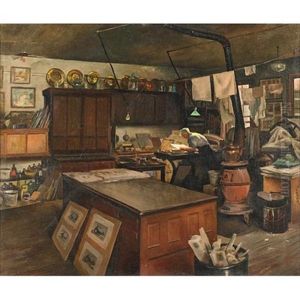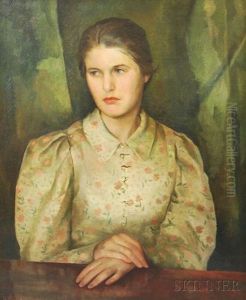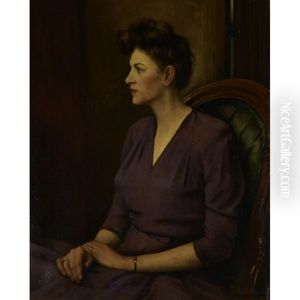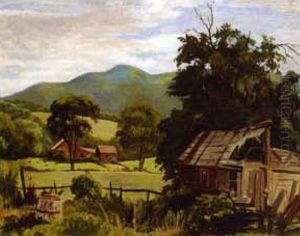Keith Shaw Williams Paintings
Keith Shaw Williams was an American artist and illustrator, born in 1905. Though not as widely recognized as some of his contemporaries, Williams carved a niche for himself in the realms of illustration and art during the early to mid-20th century. His work spanned various mediums, including painting, drawing, and printmaking, showcasing a versatile skill set that was highly regarded by his peers and collectors alike.
Williams' artistic journey began at a young age, influenced by the vibrant cultural and artistic movements of the early 20th century. He pursued formal education in art, which further honed his skills and understanding of artistic principles. Throughout his career, Williams contributed illustrations to popular magazines of the time, helping to define the visual culture of the era. His illustrations were known for their dynamic compositions, keen attention to detail, and ability to capture the essence of the subject matter, whether it was scenes of everyday life, landscapes, or portraits.
Beyond his work as an illustrator, Keith Shaw Williams was also deeply involved in the fine arts. His paintings and prints were exhibited in galleries and shows across the United States, receiving acclaim for their technical proficiency and emotional depth. Williams' artistic style was characterized by a blend of realism and expressionism, allowing him to convey complex moods and narratives through his work. He had a particular talent for landscape and portrait painting, with his landscapes often reflecting a deep appreciation for the natural world and his portraits capturing the subtle nuances of human expression and emotion.
Tragically, Keith Shaw Williams' life and career were cut short when he passed away in 1951. Despite his relatively brief career, Williams left behind a legacy that continues to be appreciated by art historians and collectors. His contributions to the fields of illustration and painting helped to capture the spirit of his time, making him an important figure in the American art scene of the early 20th century. Today, his work is held in various private collections and institutions, serving as a testament to his artistic talent and vision.
